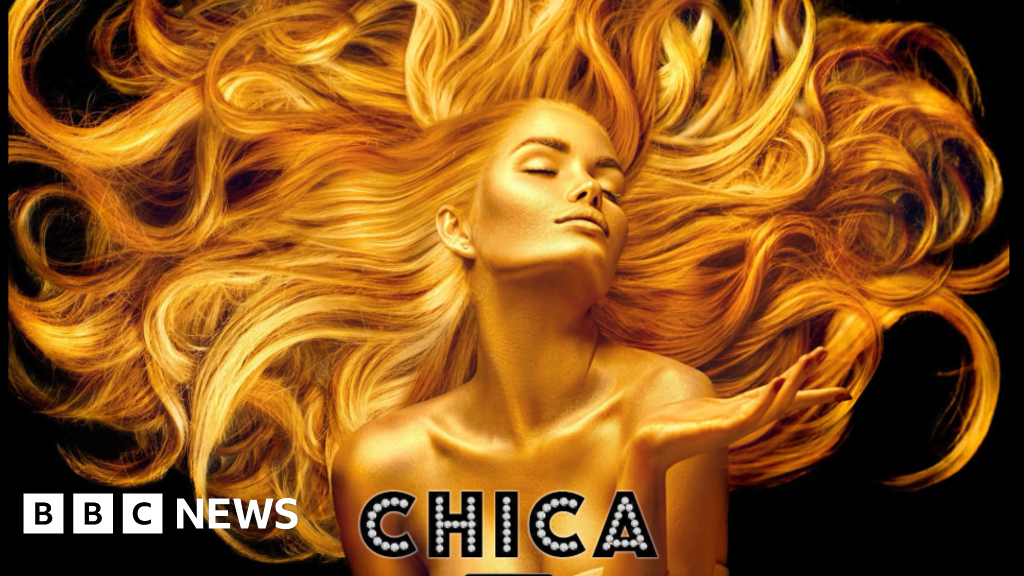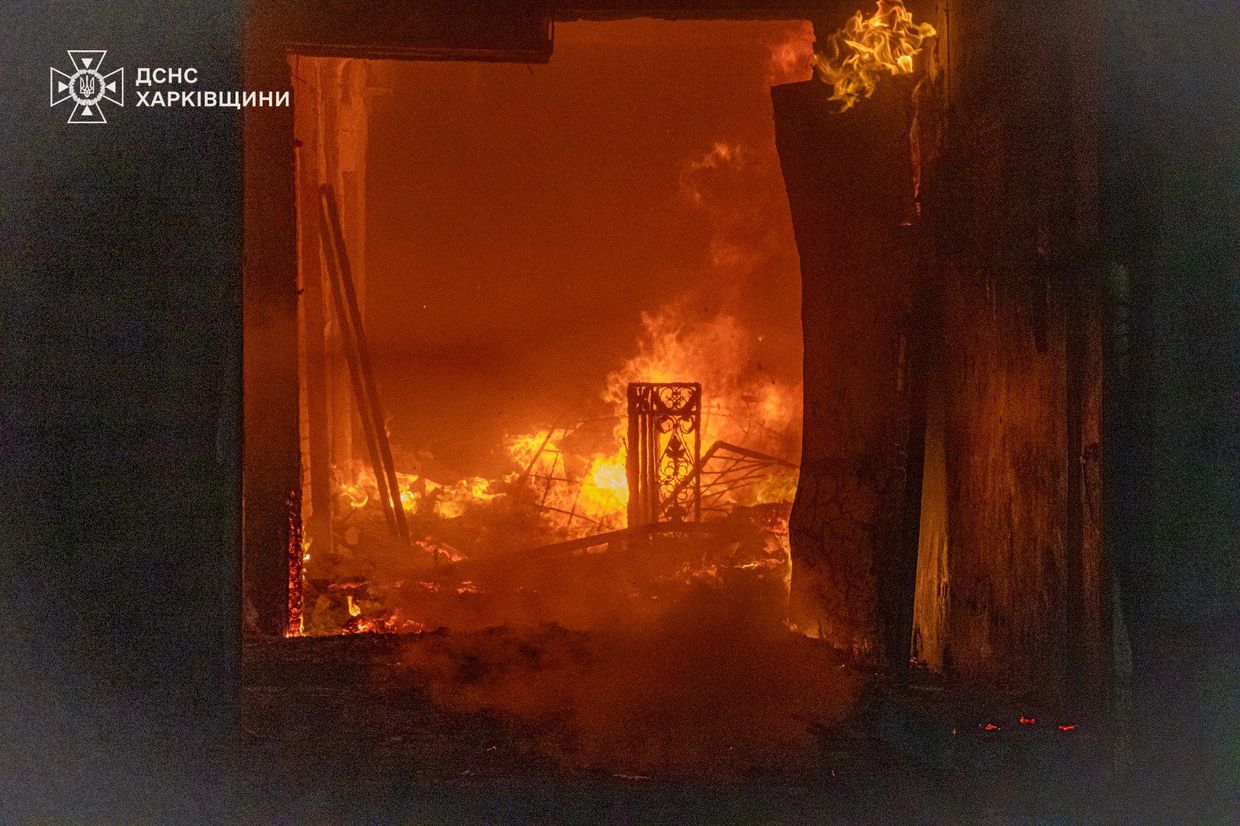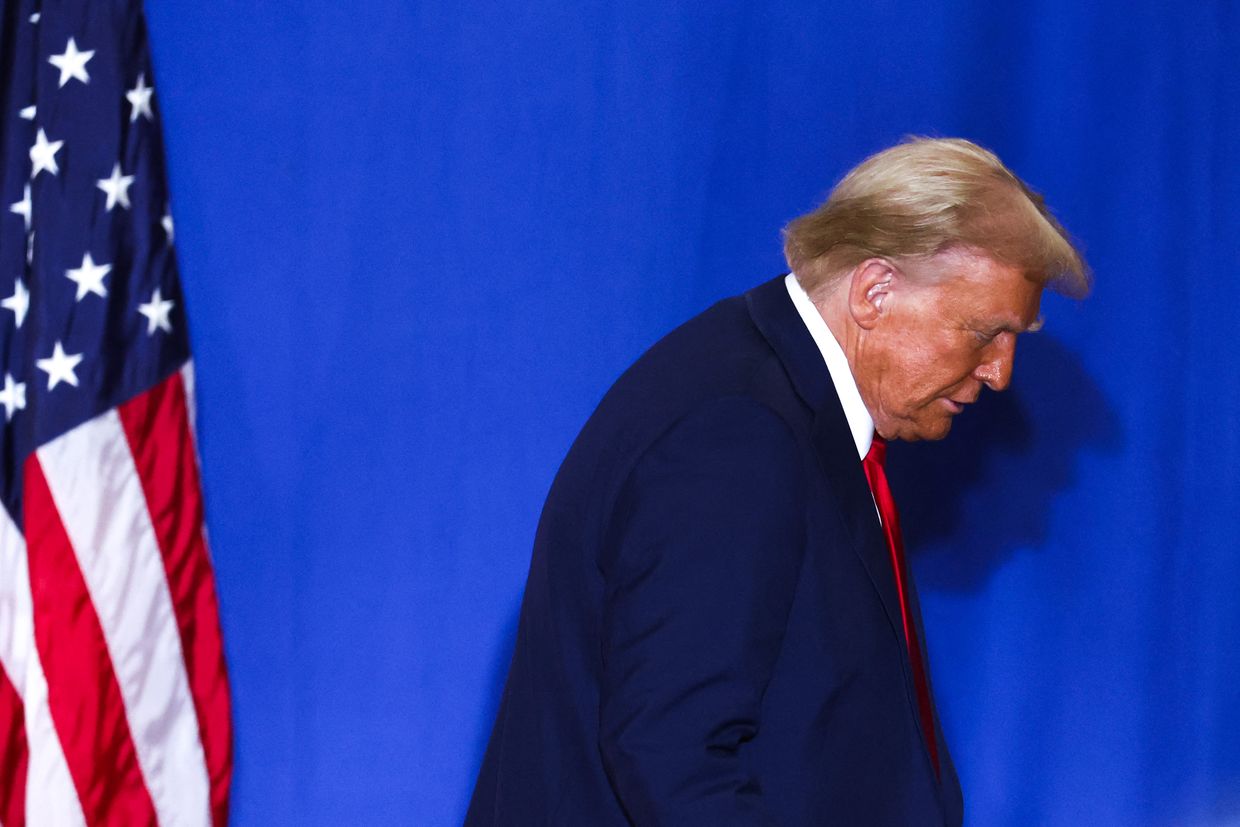Why do you disturb my slumber, foolish mortal? Have you no respect for ancient beings such as myself?
You truly do not know who I am?
I am the Dragon of Yaowarat! Guardian of secrets, keeper of stories, and silent witness to centuries of transformation.
I see you’ve come to ask me to guide you through Bangkok's Chinatown — the colorful, chaotic, beating heart of Chinese Thailand.
You would do well to remember that Chinatown is no ordinary place — it is a vortex of chaos, mystery, and enchantment all swirling together throughout time.
Wouldn’t you prefer the glossy, sterile embrace of one of Bangkok’s glittering malls?
No? So be it. Then climb upon my back so we may be off!
Ah, but we have forgotten something. The price for my time. You didn’t think I did this for free, did you?
At the end of our trip, you shall answer my riddle. If you answer correctly, you may walk away.
If not, I know what I shall feast on tonight.
Here is your riddle.
Born of earth and kissed by sun,
A golden gem, home to one.
On snowy bed, with sweetness dressed,
Name me now, and pass the test.
I see you tremble in fear for your life, as you should. As a reward for your bravery, I give you this clue: You shall see the answer to my riddle on our journey.
Now we are off!
Let us begin where all roads converge: Yaowarat Road. This, many say, is the lifeblood of Bangkok’s Chinatown.
In your simple tongue, it is called the "Royal Road," a name gifted by King Rama V upon its grand unveiling in 1891. A fitting title, is it not, for a path so worthy of majesty?
But to those who truly understand its essence, it is also known as Dragon Road. Do you know why?
Some say it is because Yaowarat coils and twists through Chinatown like a dragon as mighty as myself.
But the reason is much more than that.
I roamed these lands long before King Rama V laid his plans for his grand boulevard. We dragons arrived with the Teochew Chinese, who crossed vast oceans to find a new home.
Remember this: Our spirit imbues everything here. To walk these streets is to walk among echoes of the past, where every stone, every alley, hums with untold stories.
Now, I shall show you a hallowed place where the wisdom and power of the dragon are known.
Hold on! Here we go!
Don’t be fooled by Wat Mangkon Kamalawat’s modest exterior. Trust me, the inside befits a dragon.
I don’t suppose you know what that name means, do you? Don’t look so nervous, for your life does not depend upon that answer. Well, probably not.
It means “Dragon Lotus Temple.”
Surely, you know the dragon is no ordinary beast. We are divine bearers of power, luck, and boundless courage. This temple gleams in red and gold, for these sacred hues, when united, summon the pinnacle of prosperity and fortune.
A fitting tribute to one such as I, wouldn’t you agree?
Next, we visit a place for what you humans most worship.
Welcome to bustling Sampeng Road! This is Chinatown’s underbelly, where men and women pray at the altar of money.
Look at how you crowd together! Look at how you barter and bargain over a few piddling baht!
I remember when rice paddies glinted here in the sun like emeralds. Now it’s nothing but your scooters going “brrrrrrrrrmmm” and fouling the air.
Thankfully, not all the scents here are of sweating humans and stinking scooters. Breathe deeply and savor the earthy whisper of turmeric, the sweet allure of cinnamon, and the fiery bite of peppers. A feast for the nose, is it not?
Your kind used to sell other delights here, for Sampeng Road was once known as “Sin Alley.” Opium and fleshly pleasures in brothels were bought and sold in this shadowy place.
Since you seem so interested in riches, I know where to take you next. Grab hold, for we will come face-to-face with Phra Phuttha Maha Suwanna Patimakon, Thailand’s most valuable treasure.
Wat Tramit was once a humble temple visited by only a few. Now, it is of great importance.
Any guesses why?
No, it is not these lovely golden bells. But it does have much to do with gold. Or should I say it has to do with “much gold?”
Humble yourself before Phra Phuttha Maha Suwanna Patimakon, known as the Golden Buddha to the insignificant likes of you.
The Golden Buddha stands ten feet tall and boasts a life of over 700 years — yes, even older than I. And before you ask, it is worth half a billion dollars in your tawdry currency.
What’s that? Hungry, are you? So am I! But I shall wait until tonight, keeping my hunger sharp for when your wits falter on my riddle.
Are you one of those fussy types who fear street food for its rumored Bangkok Belly? No? Ah, good! At least you’ve got some courage.
I’m sure you will find something to your liking here. But beware, for this food is often too spicy for the likes of you.
Be sure to have some mango sticky rice. If this is to be your last day on this earth, it should have at least a little sweetness to it.
You shall take the next part of your journey alone, for I have other matters that demand my attention. Seek the giant fig tree in Talat Noi. You will know it by the vivid colors wrapped around its trunk.
But a warning: do not even think of sneaking away to avoid my riddle. The mighty Dragon of Yaowarat sees all and will find you wherever you hide.
Ah, you have reached our sacred Bodhi tree. Tell me, wanderer, what do you make of it?
Portuguese traders were the first to settle here when it became Bangkok’s first port. Since then, Talat Noi has embraced many peoples: Vietnamese, Khmer, and most notably, the Chinese.
Ah, you’ve spotted the abandoned car nearby. No doubt, like so many of your kind, you’ll feel compelled to immortalize it in a photograph. Humans and their peculiar fascinations.
It is known as the “Antique Turtle Car” and was once a shiny Fiat 500. No one knows who left it here, but its presence is fitting, for Talat Noi has long been associated with automobiles, especially by Chinese workers refurbishing old car parts.
That is why you will see huge piles of engines, carburetors, and more on the streets.
But car parts almost as old as me aren’t the only thing in Talat Noi.
This old man barters mangoes you might enjoy.
And here is a tribute to you mortals and your foolish belief in love.
Sweet but these young lovers will be dust while I am still young.
Chinatown teems with what you call “street art” — yet another fleeting attempt by you short-lived mortals to etch your presence upon a world that scarce remembers you when you’ve passed.
Our day is winding down, and I have something much more memorable to show you.
Behold Leng Buai Ia Shrine, the oldest Chinese temple in all of Thailand, standing proud since 1658.
Naturally, it is adorned with the mighty dragon, a fitting symbol of power and protection. Such figurines grace nearly every corner your eyes can find.
On the walls, on the columns…
On the roof…
And outside, a magnificent column with a dragon wrapped around it.
You should enter, but our time grows short. Climb aboard. Use our journey back to Yaowarat Road wisely, for you owe me an answer to my riddle.
Ah, we have returned.
Do not be deceived by the bustling chaos of this street. If you fail to answer my riddle, there will be no escape. I shall devour you — and your fellow mortals shall be unaware, seeing nothing but more bustle and glare.
Here is the riddle one more time.
Born of earth and kissed by sun,
A golden gem, home to one.
On snowy bed, with sweetness dressed,
Name me now, and pass the test.
All right, foolish mortal. I showed you the glorious heart of Chinese Bangkok, now you must pay the price.
Give me my answer, or your life will be forfeited!
Mango sticky rice? Are you sure? Good, because that is correct!
There is much the Dragon of Yaowarat didn’t show you today. For the answer to another riddle, I will give you another day.
No? You would rather explore on your own? Perhaps you are wiser than I thought.
.png)
 German (DE)
German (DE)  English (US)
English (US)  Spanish (ES)
Spanish (ES)  French (FR)
French (FR)  Hindi (IN)
Hindi (IN)  Italian (IT)
Italian (IT)  Russian (RU)
Russian (RU)  2 days ago
3
2 days ago
3









Comments